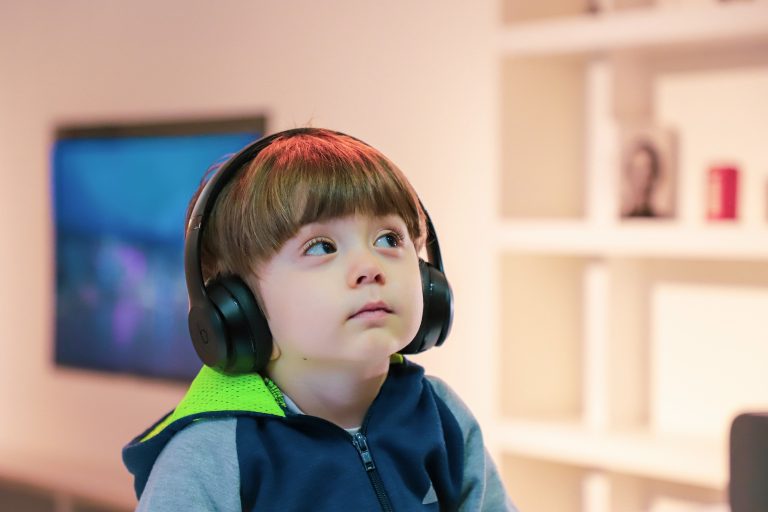Autism Spectrum Disorder (ASD) affects how children communicate, socialize, and behave. For families raising a child on the spectrum, respite care for child with autism offers comprehensive support that benefits both the child and their caregivers. More than just temporary relief, respite care provides structured learning, sensory-friendly environments, and therapeutic engagement tailored to each child’s developmental stage.
What Is Respite Care autism?
It refers to short-term professional support designed specifically for children with autism spectrum disorder. It gives children meaningful experiences while offering caregivers much-needed time to rest or attend to personal responsibilities. Services can be provided in various settings—private care for autistic child at home, in community centers, or through overnight programs—and are always led by trained professionals who understand the unique needs of children on the autism spectrum.
This service plays a vital role in a child’s development and complements ongoing therapies like ABA. Whether it’s supporting communication skills, emotional regulation, or independence, respite care ensures children continue growing even outside formal treatment sessions.
Benefits of Respite Care Across Developmental Stages
Respite care supports children at different stages of growth, helping them build essential life skills. Just as autistic signs in toddlers differ from those in school-age children, the type and focus of respite care also adapt to meet age-specific needs.
Toddlers & Preschool-Aged Children (Ages 2–5)
At this early stage, many children with autism may show challenges such as limited speech, repetitive behaviors, and difficulty engaging with others. Respite care introduces structured play, sensory-friendly activities, and gentle social interaction to help develop foundational skills.
- Social Engagement: Encourages eye contact, turn-taking, and sharing.
- Sensory Regulation: Offers calming tools and sensory integration techniques.
- Communication Building: Uses visual aids and interactive play to support language development.
How Respite Helps:
Trained caregivers create consistent routines that reduce anxiety and promote learning. This early support can lay the groundwork for future success in school and social settings.
Young Kids (Ages 6–7)
By age six, many children with autism begin to interact more in group settings like school. However, they may still struggle with social cues, managing emotions, and following classroom expectations. Respite care during this stage focuses on building confidence and independence.
- Behavioral Support: Teaches coping strategies and self-regulation.
- Peer Interaction: Facilitates guided group activities to improve friendships.
- Skill Generalization: Reinforces therapy goals learned in school or ABA sessions.
How Respite Helps:
Caregivers use evidence-based methods to generalize skills across environments. Whether practicing classroom behavior or navigating playground rules, respite care helps children adapt to structured surroundings.
School-Age Children (Ages 8+)
Older children with autism often face academic pressures, sensory overload, and difficulties with abstract thinking or emotional expression. Respite care evolves to offer more advanced support that fosters resilience, self-advocacy, and academic readiness.
- Coping Strategies: Introduces mindfulness, deep breathing, and emotional identification.
- Life Skills Training: Focuses on hygiene, organization, and problem-solving.
- Therapeutic Activities: May include occupational therapy or social skills groups.
How Respite Helps:
By integrating therapy-based activities into daily routines, respite care promotes long-term independence and prepares children for greater autonomy in adolescence.
Why Respite Care Matters: Supporting Growth Beyond the Home
Just as ABA therapy is individualized to a child’s needs, respite care should reflect each child’s strengths, challenges, and preferences. It is not one-size-fits-all. Whether through private care for autistic child, center-based programs, or community outings, respite care ensures children receive continuous support throughout the week.
For families, respite care also reduces stress and prevents caregiver burnout, which is crucial for maintaining a healthy home environment. Most importantly, it gives children a chance to thrive in new settings with trusted professionals guiding their development every step of the way.
Types of Respite Care Available for My Autistic Child
When exploring what services are available for my autistic child, families have several options to choose from:
In-Home Respite Care
A dedicated caregiver comes to your home and follows your child’s routine while introducing enriching activities. This is ideal for children who prefer consistency and familiarity.
Center-Based Respite Programs
These programs take place in specialized facilities where children can engage in structured play, therapy sessions, and group activities called Social Skills Group, tailored to children with autism.
Community-Based Respite Care
Children participate in local events, camps, or after-school programs under the supervision of trained staff. These experiences help build social independence and real-world skills.
Overnight or Extended Respite Options
For longer breaks, some centers provide overnight stays, giving children the opportunity to practice sleeping away from home in a safe, supportive setting.
Each option serves a unique purpose, and the best fit depends on your child’s personality, comfort level, and specific needs.
Overcoming Common Challenges in Accessing Respite Services
While many families benefit from respite care, some encounter obstacles:
- Limited Availability: Not all providers offer autism-specific respite programs.
- Transition Difficulties: Some children with ASD struggle with new environments and unfamiliar faces.
- Financial Barriers: Private care for an autistic child or extended respite may not be fully covered by insurance.
- Lack of Trained Staff: It’s essential that caregivers have experience with autism interventions and sensory support.
Despite these challenges, many resources exist to help families connect with appropriate services. Local autism organizations, ABA providers, and school districts often maintain lists of qualified respite care professionals and programs.
Take the Next Step
If you’re wondering what services are available for my autistic child, start by reaching out to local autism support groups, schools, or ABA therapy providers. You can also explore government-funded programs or nonprofit organizations that assist families in accessing affordable, high-quality respite care.
Contact Go Behavioral (888) 988-0520 to schedule a consultation or learn more about our ABA therapy services.
We’re here to support your family with expert care, individualized programs, parent training, and a commitment to helping your child thrive.
FAQ: Respite Care for Children with Autism
What is respite care for a child with autism?
Respite care is a short-term support service designed to assist children with autism in a safe, structured environment. It helps them develop social, behavioral, and life skills while giving parents or caregivers a much-needed break.
What types of respite programs are available for children with autism?
Options include in-home respite, center-based programs, community-based activities, and overnight care. Each is tailored to your child’s comfort level and developmental needs
How does respite care support my child’s development?
Respite care integrates sensory-friendly activities, structured social interactions, and therapeutic engagement to support communication, emotional regulation, and independence—similar to the benefits seen in ABA therapy.
References
- Harper, M., Jones, L., & Brown, T. (2020). The impact of respite care on child development: A systematic review. Journal of Autism Research, 25(3), 211-225.
https://onlinelibrary.wiley.com/doi/full/10.1002/aur.2438?spm=a2ty_o01.29997173.0.0.30525171WtWEBR&file=aur.2438 - Roberts, C., & Bailey, K. (2019). Respite care and skill development in children with autism. Child Development Studies, 18(2), 145-160.
https://link.springer.com/article/10.1007/s10803-016-2902-6 - Smith, R., Adams, J., & Lee, P. (2021). Socialization benefits of structured respite programs for children with ASD. Journal of Pediatric Psychology, 36(4), 289-305.
https://pubmed.ncbi.nlm.nih.gov/33471865/ - Johnson, D., & Green, H. (2022). Sensory-friendly approaches in respite care settings. Autism and Developmental Disorders Review, 29(1), 77-92.
- Williams, G., Thompson, E., & Clark, S. (2023). Barriers to accessing respite care for children with autism: A national survey. Disability and Family Studies, 40(2), 102-118.










